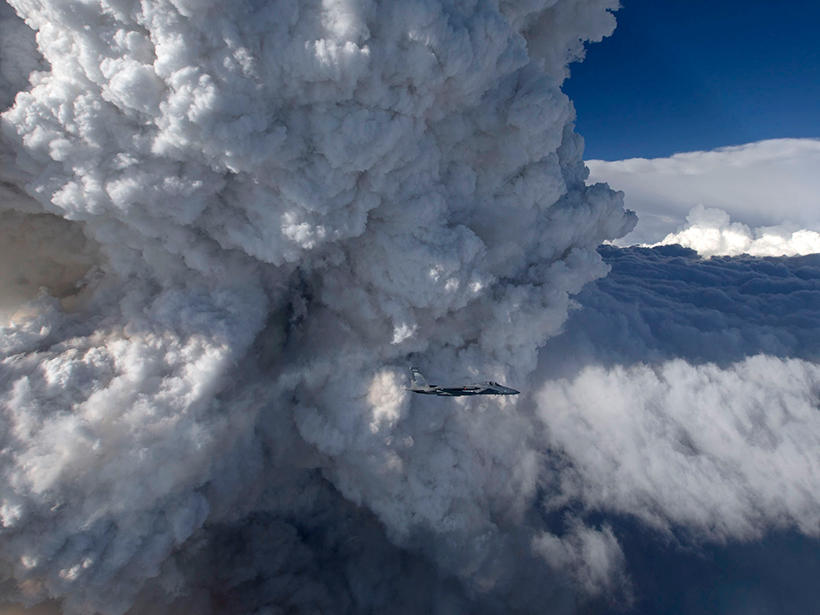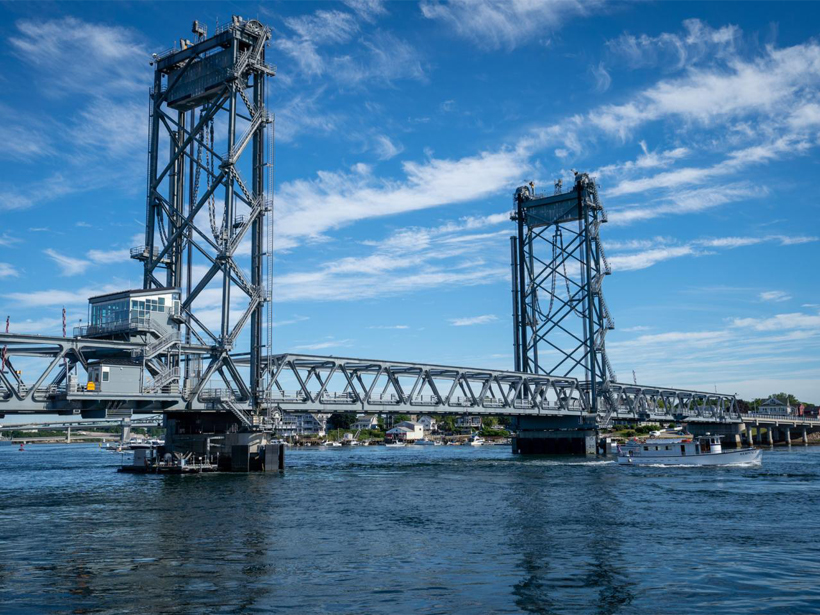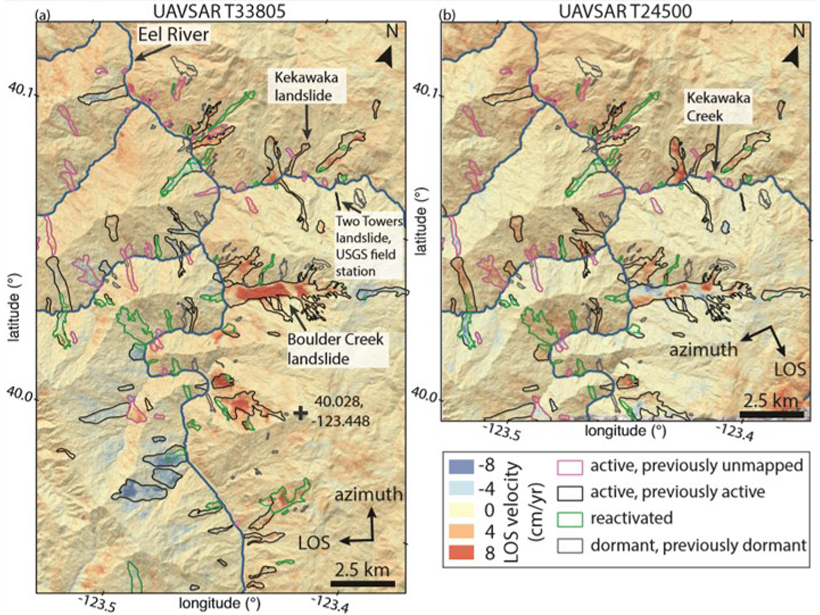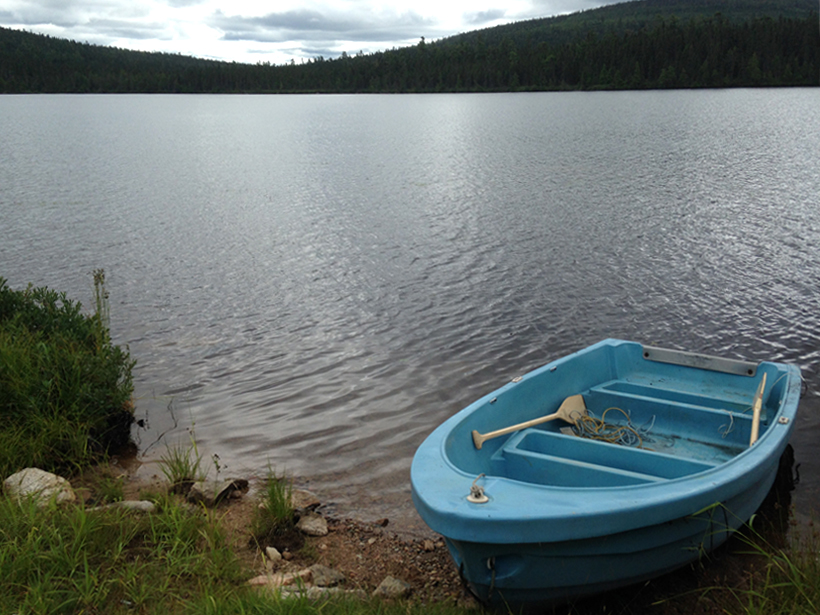New research shows that rivers are the main road for all the plastic pollution that gets into the ocean, including microplastics.
Hazards & Disasters
What Wildfire Smoke Tells Us About Nuclear Winter
A cloud of smoke from 2017 Canadian wildfires was so huge that it self-lofted and stayed in the atmosphere for 8 months. Scientists used it as an example for climate simulations of nuclear warfare.
Climate Change Pressures Land and Food Resources, Report Warns
There is a window of time to act now before threats increase further and solutions become less effective, a new report from the Intergovernmental Panel on Climate Change states.
This Bridge Monitors the Environment and Harnesses Tidal Energy
The “smart” Memorial Bridge spanning the Piscataqua is outfitted with a tidal turbine and more than 40 sensors.
Meteotsunami Spotted for the First Time in the Persian Gulf
The Persian Gulf, a region with high-end resorts and oil-related infrastructure dotting its shorelines, was hit in 2017 by weather-induced waves that rolled roughly a kilometer inland.
Landslide Activity Ramps Up With Extreme Rainfall
An increase in activity of hundreds of slow-moving landslides during extreme wet conditions in California provides insights into the landscape response to ongoing climate change.
Alexander R. “Mac” McBirney (1924–2019)
This former West Point graduate and coffee grower transformed igneous petrology and volcanology.
The Toxic Legacy of DDT Lives On in Remote Canadian Lakes
DDT and its breakdown products permeate lake sediments decades after the pesticide was banned.
Looking Straight at the Sun
Thanks to some crucial calibrations, the world’s biggest solar telescope will have a clearer view of the Sun.
How Satellite Data Improve Earthquake Monitoring
Case studies from around the world illustrate the power of geodetic data in earthquake monitoring.









